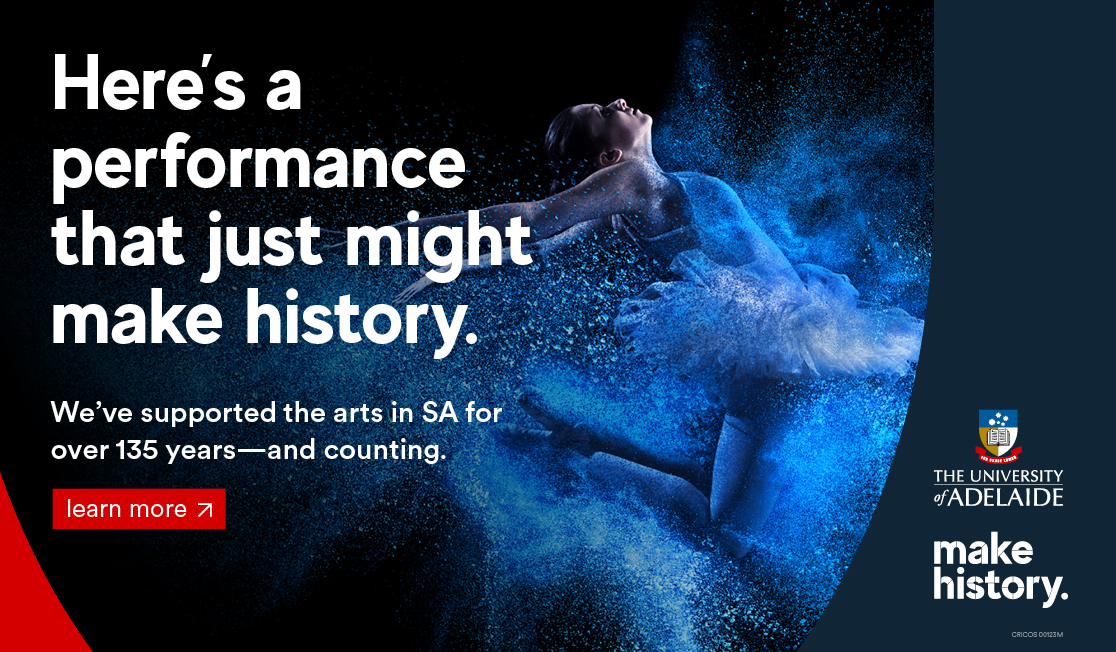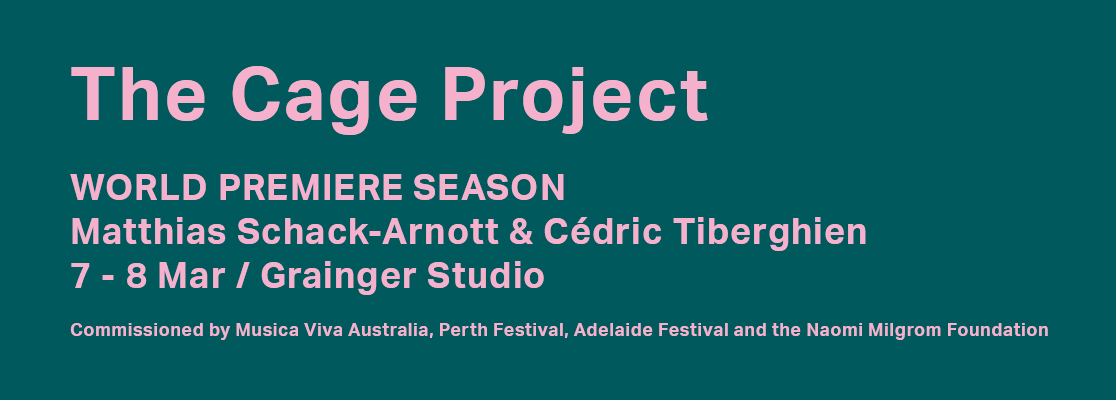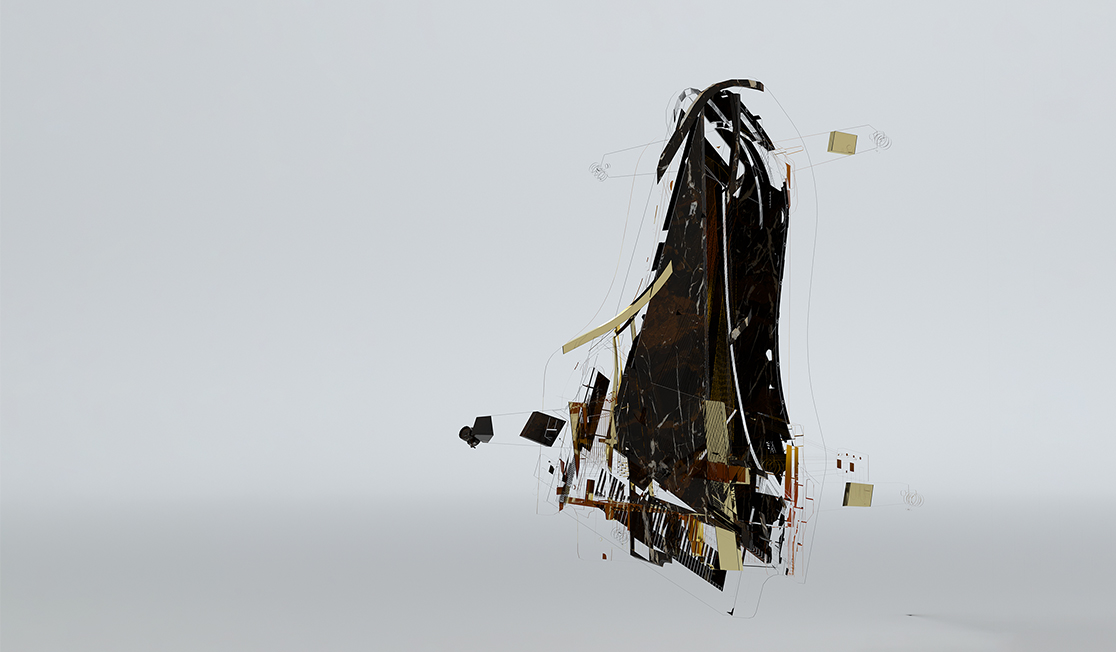Your Digital Program
Info
Program
John Cage (1912 – 92)
Sonatas and Interludes for Prepared Piano (1946– 48)
Sonata I
Sonata II
Sonata III
Sonata IV
First Interlude
Sonata V
Sonata VI
Sonata VII
Sonata VIII
Second Interlude
Third Interlude
Sonata IX
Sonata X
Sonata XI
Sonata XII
Fourth Interlude
Sonata XIII
Sonata XIV and XV (“Gemini” – after the work by Richard Lippold)
Sonata XVI
Credits
Original Concept Paul Kildea & Matthias SchackArnott
Sculptural Design & Musical Treatment Matthias Schack-Arnott
Piano & Musical Treatment Cédric Tiberghien
Lighting Design, Technical Design & Management Keith Tucker (Megafun)
System Design & Robotics Nick Roux
Producer Michaela Coventry (Sage Arts)
Commissioned by Musica Viva Australia, Perth Festival, Adelaide Festival and the Naomi Milgrom Foundation

Special thanks to Ensemble Patrons Ian Dickson AM & Reg Holloway for their support of this tour.
Thank you to Yamaha Music Australia for the provision of a Yamaha C7 Silent for this performance.
A Note on the Music
Sonatas and Interludes for Prepared Piano (1946– 48)
American composer John Cage is known for turning familiar sounds into strange ones.
You may have heard his most popular work, 4’33”, in which musicians sit on stage in silence for this length of time. There, he draws us to the unintended sounds that we make while listening. These may be normal sounds we hear every day, but in a new context; our attention to them makes them special.
In 1948, a few years before 4’33”, Cage completed Sonatas and Interludes. The piece lasts over 70 minutes, and is comprised of 20 short movements. The sound of the prepared piano still appears as surprising and bizarre as it must have in the 1940s. "Composing for prepared piano is not a criticism of the instrument," Cage wrote, "I’m only being practical." The alterations transform the familiar piano with relative ease, showcasing a nearly limitless collection of strange clangs, buzzes and bell-like tones. For this piece, the 'preparation' involves placing a number of mutes made of various materials – screws, pieces of rubber and plastic, furniture bolts, erasers – directly between the strings of the piano. The exact placement is important for accessing particular harmonic partials. Cage instructs the performer as to the exact spot – up to one-sixteenth of an inch – for each mute. This process takes upwards of three hours (there’s also a smartphone app that simulates the sounds).
Around the time he wrote Sonatas and Interludes, Cage was disturbed by his inability to communicate with audiences through his music. Eventually, an encounter with Zen Buddhism and Indian philosophy helped him to redefine his purpose beyond communication. Everything changed when Cage learned from singer Gira Sarabhai that Indian music served "to quiet the mind and thus make it susceptible to divine influences". In Sonatas and Interludes, Cage’s sound of the 'East' doesn’t specifically refer to Indian music, but the philosophical idea of a progression towards tranquillity grounded him. As he read Ananda Coomaraswamy’s writings on rasa, the Indian theory of aesthetics, Cage adopted the idea that the fullest exploration of each of the nine human emotions inevitably leads to them the non-emotion underlying all of them: peace.
In this realisation of the work, Matthias Schack-Arnott’s musical response to the work gradually comes to life as an additional layer of resonance that floats above the piano. For each of the forty-five prepared notes of the piano, there’s a corresponding sound object on the suspended sculpture. In keeping with John Cage’s interest in non-standard musical instruments, the sound objects consist primarily of a range of sourced materials from brass tubes to granite tiles, timber planks, aluminium rods and bronze plates. The shifting spatial relationships of the sculpture are inspired by Cage’s exploration of indeterminate and chance-based forms.
Adapted from an original program note © 2019 LCCMF and Akshaya Avril Tucker
A Conversation with the Artists
Paul Kildea, Artistic Director of Musica Viva Australia, in conversation with Matthias Schack-Arnott.
Paul Kildea I was bowled over by your show Everywhen at the Substation in October 2019, before the world shut down. It got me thinking immediately about John Cage’s Sonatas and Interludes for Prepared Piano and how great it would be if the interiority of that piece – all the careful manipulations Cage made to the inside of the piano that create an otherworldly sound-world not a million miles from the one you created so brilliantly in Everywhen – could be made exterior. How did we get from there to here?
Matthias Schack-Arnott When you approached me about responding to this masterpiece I went down a John Cage rabbit hole of sorts, reading his collected lectures, listening to recordings of the piece on repeat and thinking a lot about his philosophy of sound. It became clear to me that if I were to make a new version of this beloved piece, that it should be in keeping with Cage’s ethos, and that I didn’t want to change the composition’s elegant formal qualities in any way. I set the challenge for myself that Cédric should be able to play the piece as he normally does, without changing a single note, and that my musical response should exist as a kind of sonic and sculptural ‘dreamspace’ that hovers above the piano, forming an additional layer of resonance that is triggered by his playing. I began to view our version of the work as a ‘portrait’ of the piece, but one where the colour contrast is intensified to create something almost psychedelic in nature.
Paul Before you went down that particular rabbit hole, you told me about a nascent idea that would fundamentally shape the work you’ve created. You said that if we used a Yamaha grand we’d have a MIDI feed, which would capture Cédric digitally and open a world of robotics, of lighting, all a real-time extension of Cédric’s performance. And once down the rabbit hole, you discovered the works of Richard Lippold, which similarly impacted your vision for this piece.
Matthias Yes Richard Lippold has become an important touchstone for our version of the work. Lippold was a contemporary of Cage, a sculptor who made intricate suspended works in metal and wire, a few of which Cage had hanging in his New York loft apartment. Cage dedicated Sonatas XIV and XV to Lippold, presumably composing those pieces while watching the hanging sculptures move gently from where they hung in his apartment.
Paul There is lovely serendipity in how this project has come about and alive, which chimes with Cage’s outlook and your boundless curiosity. There are so many pieces and composers that this wouldn’t have worked with, so what makes you both – with Cédric and your fabulous team – such a good fit?
Matthias From an early age I’ve been very inspired by John Cage’s philosophy of sound. In many ways he redefined musical instrumentalism and shifted the way we listen to the world around us. He also had a joyous ethos of experimentation, which is something that I think all of the collaborators on this project share.
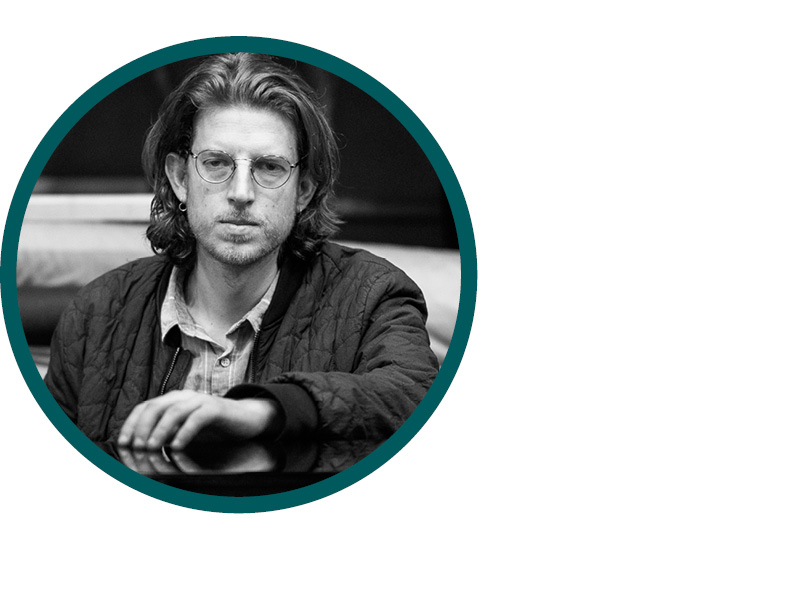
Matthias Schack-Arnott
Sculptural Design and Musical Treatment
Matthias Schack-Arnott is an Australian artist, composer and percussionist, whose works span live performance, public art and installation. Over the last decade he has been building unique kinetic systems to create visceral and visually compelling sound worlds.
Described by The Guardian as "visually and sonically exquisite", Matthias’ works have been presented by major festivals and contemporary art spaces including Sydney Festival, Adelaide Festival, Melbourne Festival, RISING Festival, Supersense Festival, Arts House, The Unconformity, Perth Institute of Contemporary Art, La Comete, Spor Festival, The Substation and the National Gallery of Victoria.
From 2010-2018, Matthias was the Artistic Associate of Australia’s leading percussive arts organisation Speak Percussion. He continues to have a close affiliation with the organisation.
As a collaborator, interpreter and improviser, Matthias has worked with many leading musicians including Steve Reich, Claire Chase, Unsuk Chin, Johannes Kreidler, Matthew Shlomowitz, Simon Løffler, John Zorn, Liza Lim and Steven Schick.
Matthias has also created new works with some of Australia’s most celebrated choreographers. He co-created They Want New Language with Antony Hamilton in 2017 for La Comete (France) and recently collaborated with Lucy Guerin to create a large-scale interdisciplinary work commissioned by RISING Festival in association with National Gallery of Victoria.
Matthias is the winner of five Australian Art Music Awards, the Melbourne Prize for Music, MTNow Prize (Rotterdam) and three Green Room Awards.
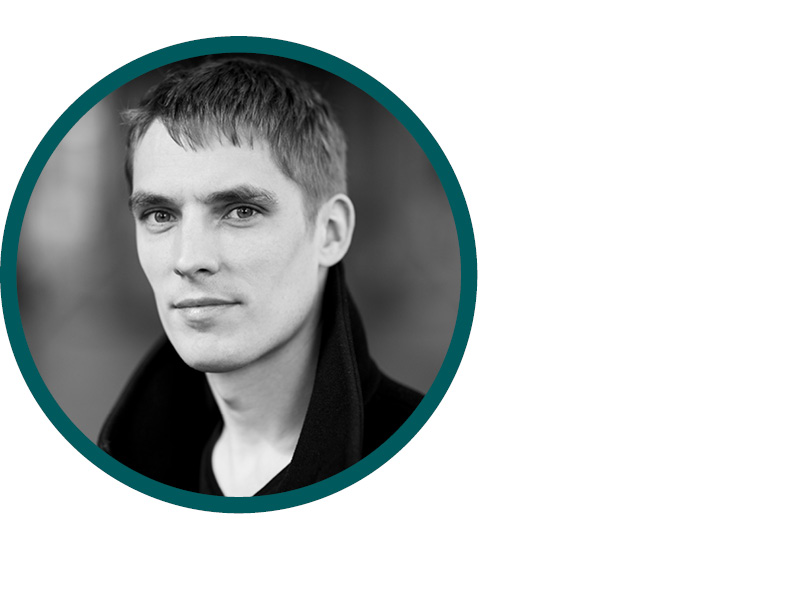
Cédric Tiberghien
Piano and Musical Treatment
Cédric Tiberghien is a French pianist with a truly international career. He is applauded for his versatility: wide-ranging repertoire, innovative concert formats and his dynamic chamber music partnerships. Appearances in the 2022-23 season include his debut with the São Paulo State Symphony Orchestra; return visits to NSO Washington (Karina Canellakis) and Sydney Symphony Orchestra; and Messiaen’s Turangalîla Symphony with both the Berlin Philharmonic (Simone Young) and Orchestre National de France (Cristian Macelaru). Recital appearances with Alina Ibragimova include Wigmore Hall, São Paulo, and Philadelphia; he performs with Antoine Tamestit in Madrid and Prague.
Cédric’s most recent recording was Ravel Concertos with Les Siècles/Roth, attracting superlative critical acclaim, including ‘Editor’s Choice’ (Gramophone). It was released by Harmonia Mundi, for whom Cédric is currently recording the complete Beethoven Variations. Cédric has been awarded five Diapason d’Or for his recordings on Hyperion, his most recent solo project being a three-volume exploration of Bartók.
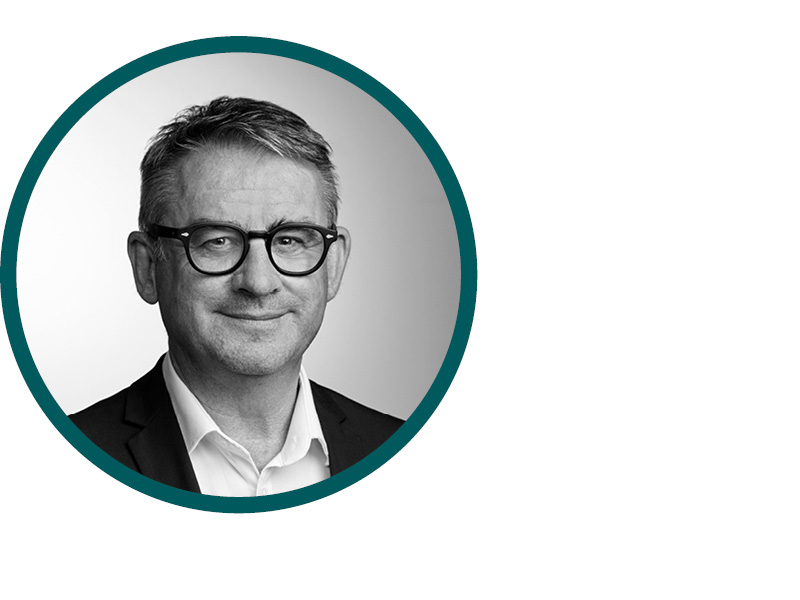
Paul Kildea
Musica Viva Australia
Paul Kildea has served as Artistic Director of Musica Viva Australia since 2019. A writer and musician, Paul holds a doctorate from Oxford University, as well as honours and masters degrees in piano performance and musicology from The University of Melbourne, where he is now an Honorary Principal Fellow. A former Young Artist at Opera Australia, Kildea has conducted operas and orchestras throughout Europe and Australia, specialising in the music of Benjamin Britten. Between 1999 and 2003, he was Head of Music at the Aldeburgh Festival, which Britten co-founded in 1948.
Kildea’s books include Selling Britten and Britten on Music. In January 2013, Penguin published Benjamin Britten: A Life in the Twentieth Century to enormous critical acclaim; it is now widely recognised as the pre-eminent book on its subject, the Financial Times calling it "unquestionably the music book of the year". In 2018, Penguin published Chopin’s Piano: A Journey through Romanticism, about which Wall Street Journal wrote: "An exceptionally fine book: erudite, digressive, urbane and deeply moving... outstanding."
Before joining Musica Viva Australia, Paul was formerly Artistic Director of Wigmore Hall, London, and of the Four Winds Festival in Barragga Bay, New South Wales.
Keith Tucker
Lighting Design, Technical Design and Management
With a career spanning over 40 years, Keith Tucker has worked with a vast array of artists and companies from across the world.
His early work with the Australian Dance Theatre gave Keith the opportunity to work with world leading artists such as Jonathon Taylor, Phillip Glass, Antony Steel, Graham Murphy and Stephen Cummings, among many others. He went on to form his own company and continued working in both contemporary and commercial theatre with leading edge organisations such as Lucy Guerin Inc, Speak Percussion, English National Ballet, St Peterburgh Ballet and even the Great Moscow Circus, Paul Hogan and Denise Scott.
In 2006, Keith was engaged as the creative producer for the outdoor program of the Commonwealth Games in Melbourne where the Yarra River was transformed by 72 floating fish sculptures which became an iconic image of the games.
More recently, Keith has formed somewhat of a partnership with Matthias Schack-Arnott and has worked closely on the design, development and realisation of many of his works which have been presented throughout Australia and beyond.
Keith enjoys the challenges and excitement of working with a multitude of artists, particularly with leading edge contemporary works where the entire team are collectively pushing the boundaries of traditional staging, lighting design and performance.
Nick Roux
System Design and Robotics
Nick Roux is an artist who uses technology to solve creative problems and create new problems. He pursues an interest in the structure and form of elegant systems and attempts to apply this both conceptually and materially to his work.
He creates sophisticated instruments, devices and systems for use in performance works. Using custom electronics, computer programming, 3D modelling and fabrication.
A frequent collaborator with Matthias Schack-Arnott he has designed both the software and robotic systems for a number of his works including The Cage Project, Pendulum and Everywhen.
In 2022, he worked with visual artist Marco Fusinato and developed a bespoke guitar effects device and image manipulation system that was installed for Desastres in the Australian Pavilion for the 2022 Venice Biennale. Other projects include creating 100 glowing sound orbs for contemporary dance company Dancenorth (Wayfinder 2022), a wind powered instrument for percussion ensemble Speak Percussion (Polar Force 2018), a large scale hologram for Robin Fox’s Diaspora (2019) and video
design for Chamber Made’s Dragon Ladies Don’t Weep a sonic portrait of new music icon Margaret Leng Tan which won Work of the Year Dramatic at the APRA AMCOS Art Music Awards 2020.
Michaela Coventry
Producer
Michaela Coventry has been working in the arts for the past 25 years. She is currently the Director of Sage Arts, working with artists and companies including Jo Lloyd, Matthias Schack-Arnott, Musica Viva Australia and Lee Serle.
In recent years, she has been the Executive Producer of The Substation (2020 – 22), Lucy Guerin Inc (2018 – 19 & 2005 – 12), Speak Percussion (2015 – 17) and Megafun (2012 –14) and Producer of Marrugeku and Stalker
(2004 – 05) and of Performance Space in Sydney (2000 – 03).
Michaela currently sits on the Board of Melbourne Electronic Sound Studio (MESS) and Aphids, and has been a regular panellist and peer assessor for the Australia Council for the Arts, Creative Victoria and City of Yarra.






Festival for the Future
Adelaide Festival is proudly Carbon Neutral and you can help us reduce our impact on the environment further! This year, Adelaide Festival has partnered with Reforest and Trees for Life to support the Mannavale farm bushfire recovery project in Adelaide Hills.
Plant one for the planet as part of your Adelaide Festival experience. You can learn more about the project, take action and track your impact here.
Your contribution through Reforest will help repair the damage caused by both bushfires and historical land clearing, and help Trees for Life plant a range of native species to restore an area of forest habitat for native wildlife.
